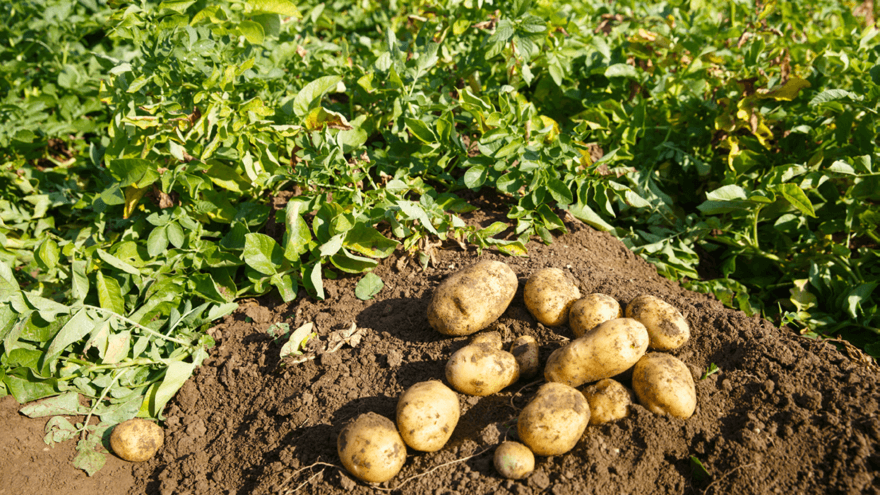
Vegetable pests surge in spring
The new growing season brings warmer growing conditions for crops, pests, diseases and beneficial insects alike.
Crop monitoring is the backbone of all integrated pest management programmes with the regular reports helping growers to make informed decisions on any necessary control measures.
Fruitfed Supplies’ crop monitoring data shows that Tomato Potato Psyllids (TPP) have been found in Pukekohe potato crops in September in previous seasons. Early control of TPP is vital to prevent this pest getting established in a crop, as these early populations can expand rapidly to make control more difficult.
The potato monitoring programme covers all major diseases and insect pests, as well as beneficial insects such as lacewings, ladybirds and hoverflies. Early in the season, when TPP numbers are low, these beneficial insects can offer effective control so if an insecticide is applied, choose one that has a low-to-zero impact on beneficial insects.
As temperatures rise, the rate of onion thrips development increases also. Choose your thrips control options based on recent monitoring data from your crop as details such as the ratio of adults to juveniles, overall population numbers and relative increase from the previous week’s data all help to identify the most suitable product.
The crop monitoring team also records aphid numbers and variety. Some aphids are crop-specific such as lettuce, onion and potato aphids, while others like the green-peach aphid can be found in a range of crops. Accurate aphid data helps determine if control measures need to be taken to minimise the impact of aphid feeding damage and the risk of these pests spreading viruses through a crop and to other crops in the area.
Fruitfed Supplies offers a detailed crop monitoring service. More information is available from your local Fruitfed Supplies Crop Monitoring Coordinator or your Technical Horticultural Representative.


